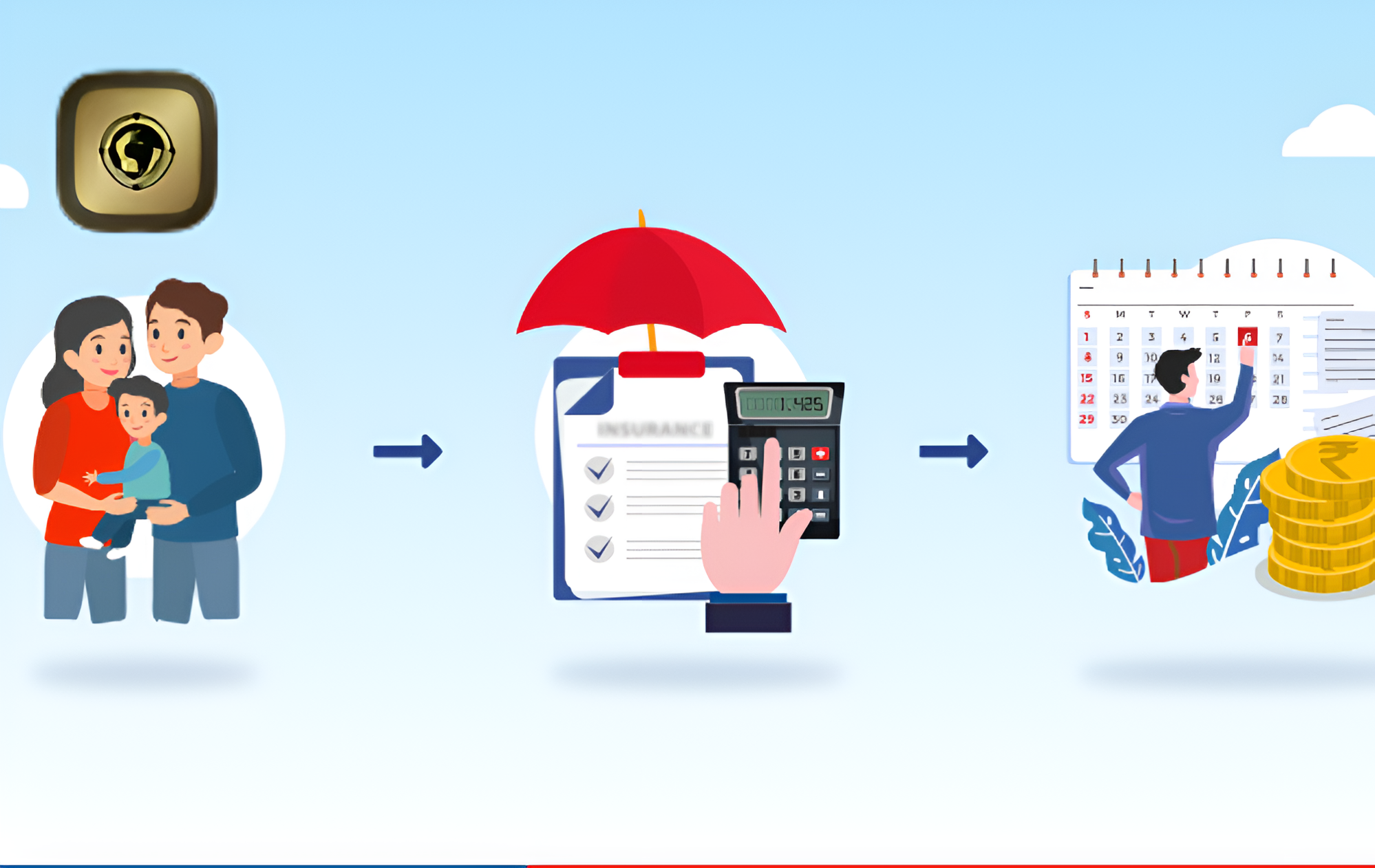March 27, 2025
- An insurance premium is the amount an individual or business must pay to maintain an insurance policy. The cost of premiums varies based on multiple factors, including the type of coverage, personal attributes, and risk assessments. In this blog, we will explore everything about insurance premiums, including how they work, factors affecting them, and how they are calculated.
What is an Insurance Premium?
- An insurance premium is a payment made to an insurance company to keep a policy active. The amount is determined by various factors such as risk assessment, coverage type, and personal details. Insurers employ actuaries to calculate the probability of claims and set premium rates accordingly.
Key Features of Insurance Premiums:
- Varies based on individual risk factors
- Can be paid monthly, semi-annually, or annually
- Affected by claim history and personal details
- May increase or decrease over time based on risk assessment
How Does an Insurance Premium Work?
By paying the premium, policyholders ensure that their insurance coverage remains active. In case of life insurance, premiums secure financial protection for dependents. For health or auto insurance, the premium amount contributes to coverage against medical or vehicle-related damages.
Payment Options:
- Lump sum payment: Paying the full amount upfront
- Installments: Monthly, quarterly, or semi-annual payments
- Employer coverage: Some employers cover health insurance premiums for employees
Factors Affecting Insurance Premiums
Insurance premiums are influenced by multiple elements that assess the risk level of an individual or business. Below are the key factors:
1. Age
- Younger individuals usually pay lower premiums for life insurance.
- Older individuals are more likely to face health issues, leading to higher premiums.
2. Gender
- Women generally have lower life insurance premiums as they tend to live longer than men.
3. Personal Habits
- Smoking, alcohol consumption, and other high-risk lifestyle choices increase premium costs.
4. Medical History
- A family history of serious illnesses such as cancer or heart disease may lead to higher premiums.
5. Occupation & Hobbies
- High-risk jobs (e.g., mining, oil and gas) result in higher premiums.
- Extreme sports enthusiasts may also face higher costs due to the risk factor.
6. Location & Residential Area
- Areas with high crime rates or environmental hazards can increase insurance costs.
7. Income Level
- Higher income individuals often opt for greater coverage, which leads to higher premiums.
8. Policy Term & Payment Term
- Shorter policy terms usually result in lower premiums.
- Payment frequency can also impact costs, with annual payments sometimes offering discounts.
9. Loans & Liabilities
- Insurers assess financial obligations to ensure the policyholder can make consistent payments.
10. Sum Assured Amount
- Higher coverage amounts lead to higher premiums.
- Some insurers offer discounts on fully paid premiums.
11. International Travel Record
- Frequent travel to high-risk destinations can impact premium rates.
Types of Insurance Premiums
Different types of insurance policies have unique premium structures. Here’s a breakdown:
1. Life Insurance Premiums
- Determined by age, health condition, and risk-related behaviors.
- Smokers and individuals with pre-existing conditions may face higher rates.
2. Health Insurance Premiums
- Employer-provided health insurance can reduce costs.
- Deductibles, copayments, and coverage limits influence overall expenses.
3. Auto Insurance Premiums
- Driving history, accident records, and traffic violations impact premium rates.
- Safe drivers with clean records get lower premiums.
4. Homeowners Insurance Premiums
- The property’s age, size, location, and environmental risks influence the cost.
- Homes in disaster-prone areas may have higher premiums.
5. Renters Insurance Premiums
- Coverage amount and location determine costs.
- Past claims history may increase rates.
Factors to Consider While Buying an Insurance Policy
When purchasing an insurance policy, keep the following in mind:
1. Current Life Stage
- Single individuals may need different coverage than married individuals or parents.
2. Financial Requirements
- Consider coverage that protects dependents and pays off debts.
3. Premium Affordability
- Choose a payment plan that fits within your budget.
4. Policy Term
- Ensure the coverage period aligns with long-term financial goals.
5. Riders (Add-ons to Policies)
- Additional benefits such as critical illness or accidental death coverage can be included.
6. Claim Settlement Ratio
- Choose insurers with a high claim settlement ratio for a hassle-free process.
7. Terms and Conditions
- Always review policy exclusions and coverage details before purchasing.
How to Pay Insurance Premiums?
There are multiple ways to pay insurance premiums, including:
- Monthly or Annual Payments – Some insurers offer discounts for annual payments.
- Electronic Funds Transfer (EFT) – Automated bank deductions for convenience.
- Credit Card Payments – Can provide additional benefits or reward points.
- Online Payments – Secure and instant payment processing.
- Checks or Money Orders – Traditional payment methods still accepted by some insurers.
- Payroll Deduction – Employer-sponsored plans may allow direct paycheck deductions.
What Do Insurance Companies Do with the Premiums?
Insurance companies utilize the collected premiums for various purposes, including:
- Covering claim payouts to policyholders.
- Managing operational expenses.
- Investing funds to generate income.
- Building reserves to maintain financial stability.
Who is an Actuary and How Do They Determine Premiums?
An actuary is a professional who evaluates financial risks using mathematical models and statistical data. In insurance, actuaries:
- Assess probabilities of claims based on age, health, and lifestyle.
- Calculate premium rates to ensure financial sustainability.
- Use economic trends and probability models to predict future claims.
Final Thoughts
Understanding insurance premiums is crucial for making informed decisions when purchasing an insurance policy. By evaluating key factors such as age, health, and lifestyle, policyholders can choose the right coverage while balancing affordability. Paying premiums on time ensures continuous coverage, financial security, and peace of mind. When selecting an insurance policy, consider factors like coverage needs, payment options, and insurer reputation to find the best plan for your specific requirements.



Leave A Comment